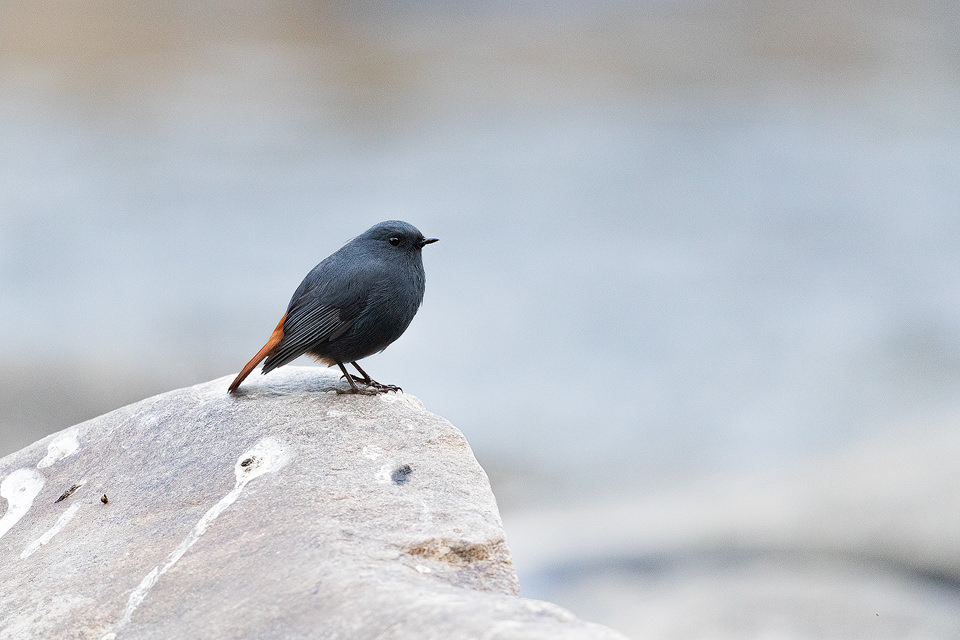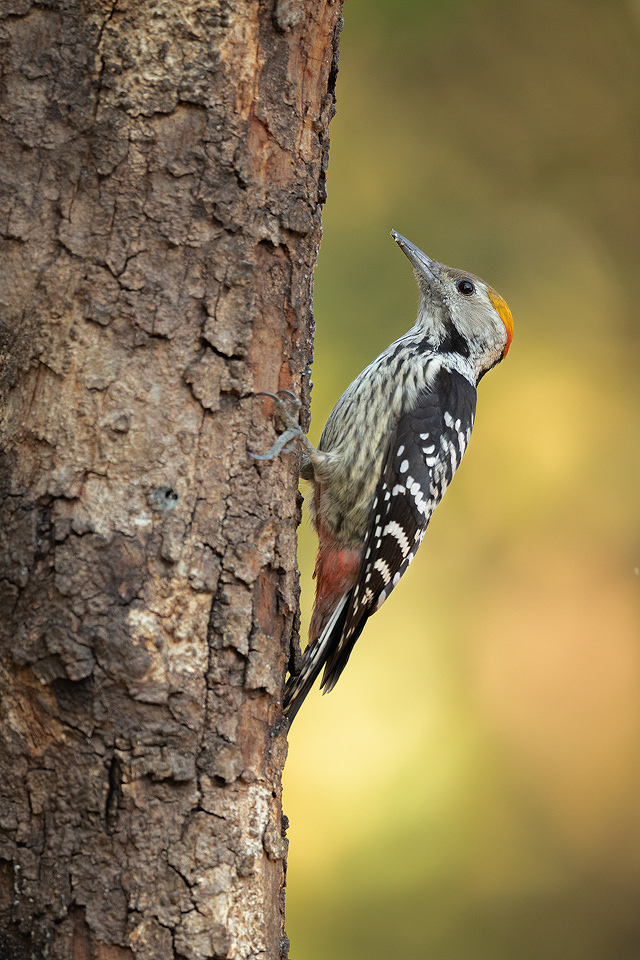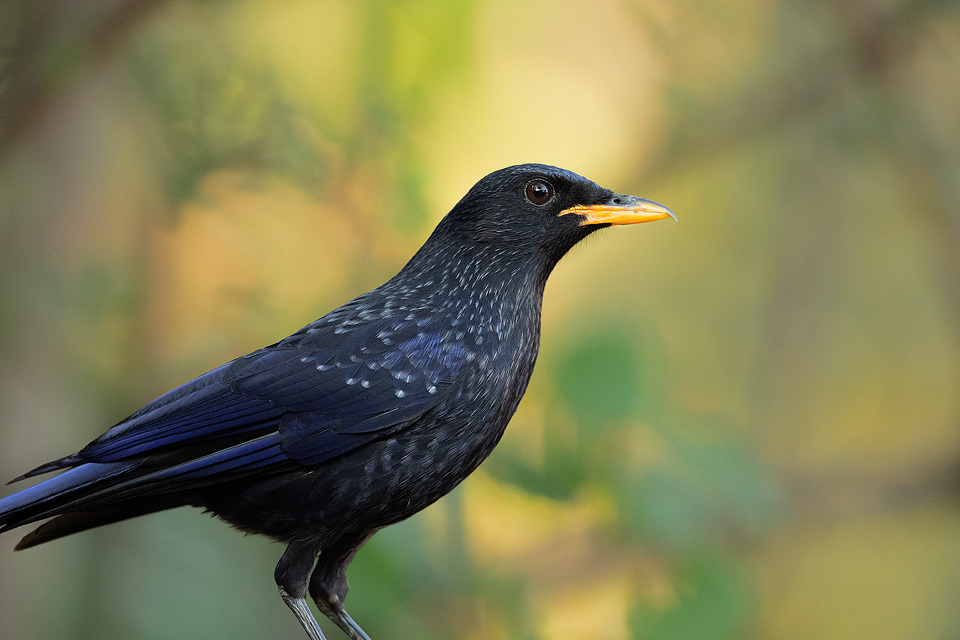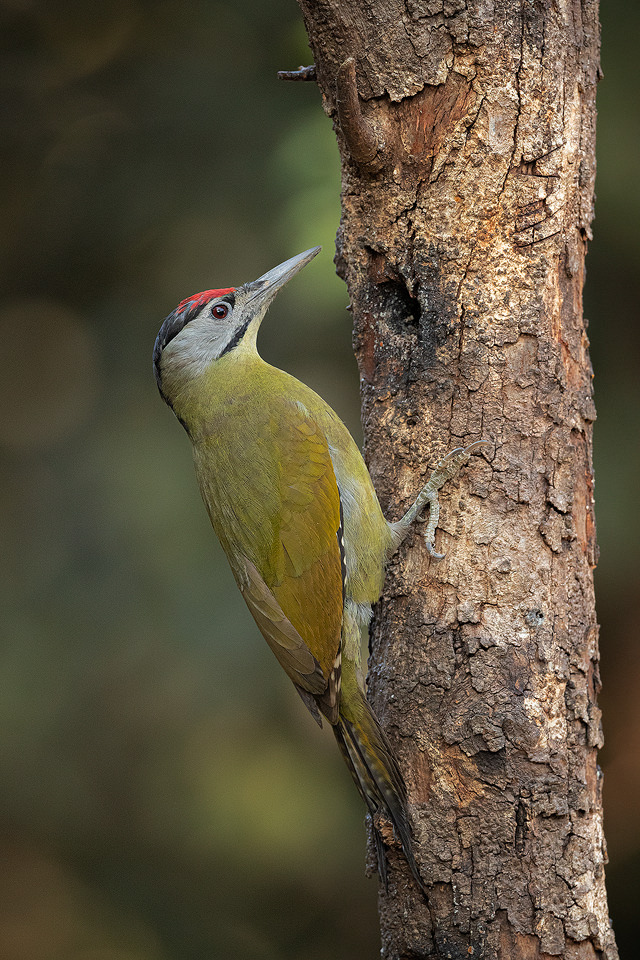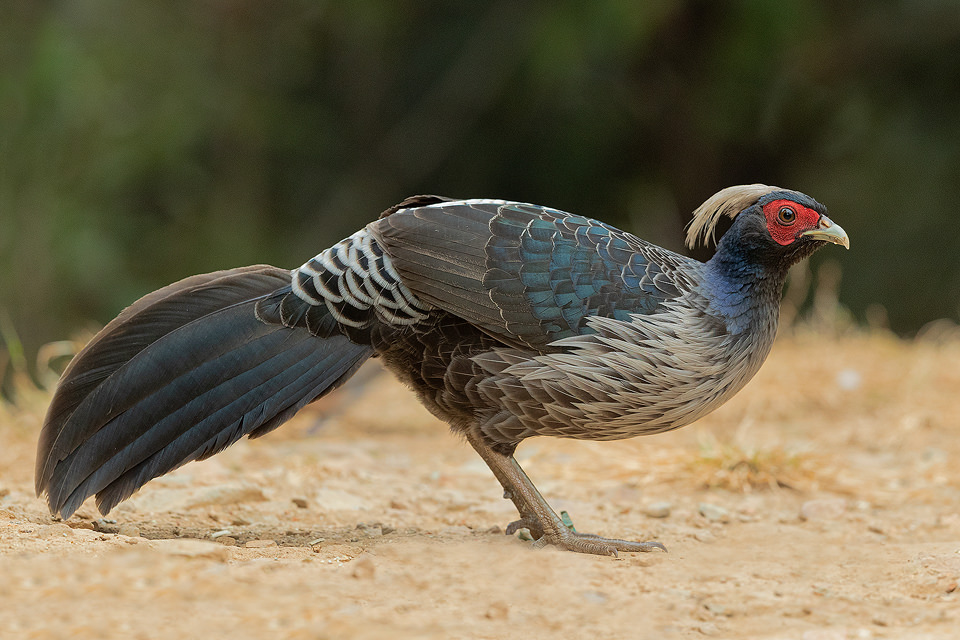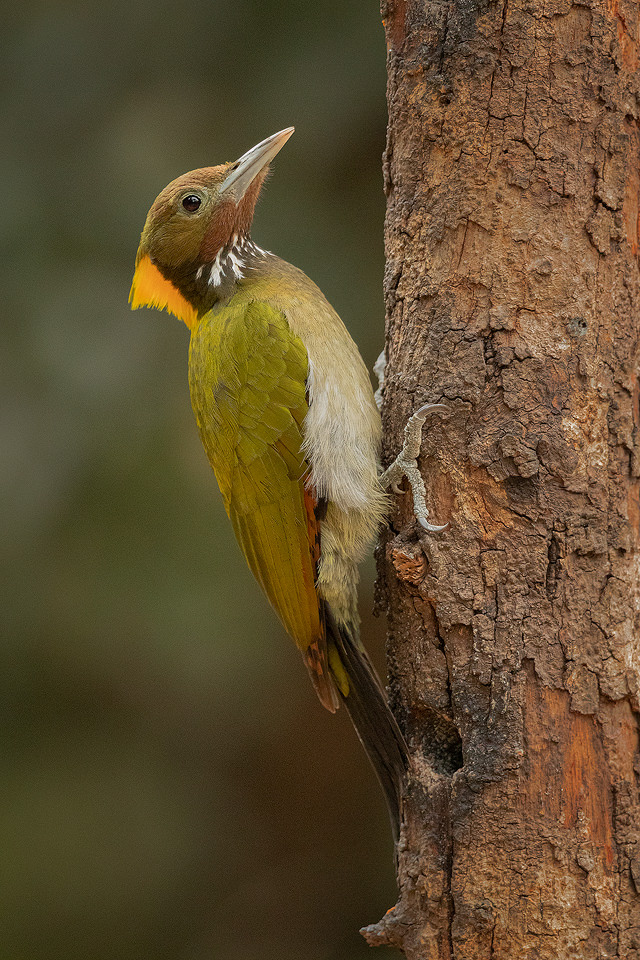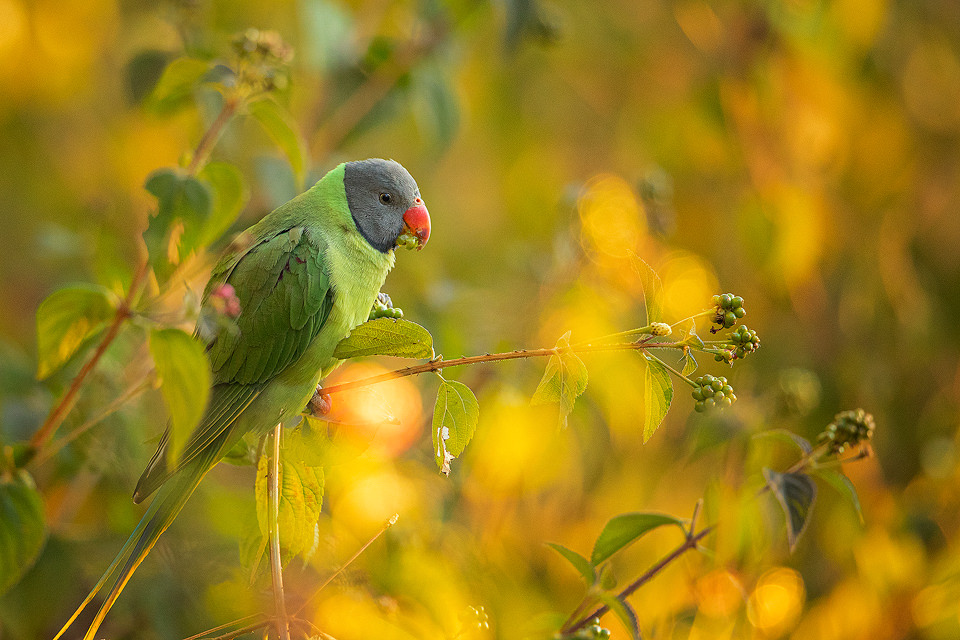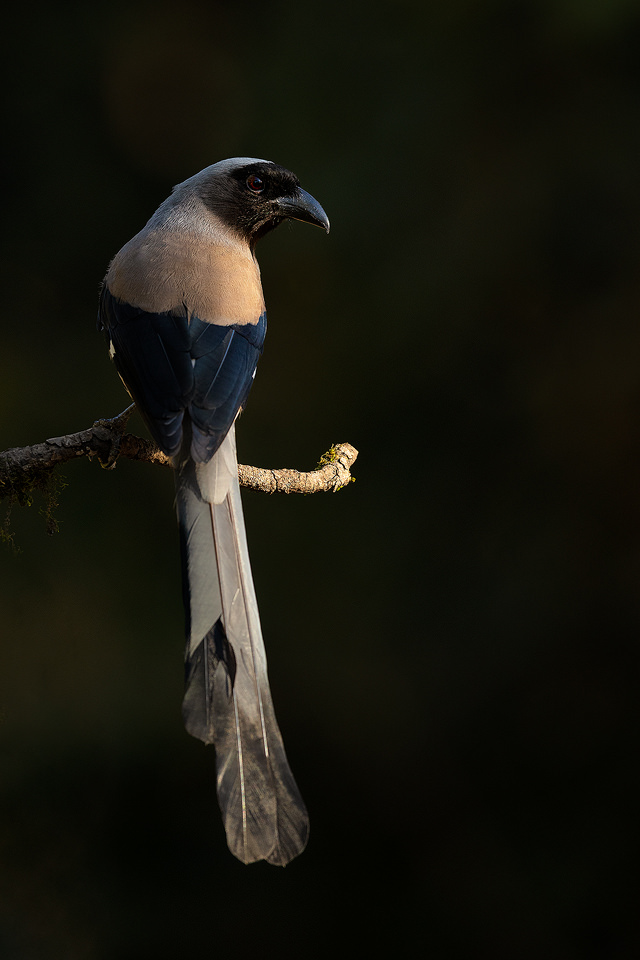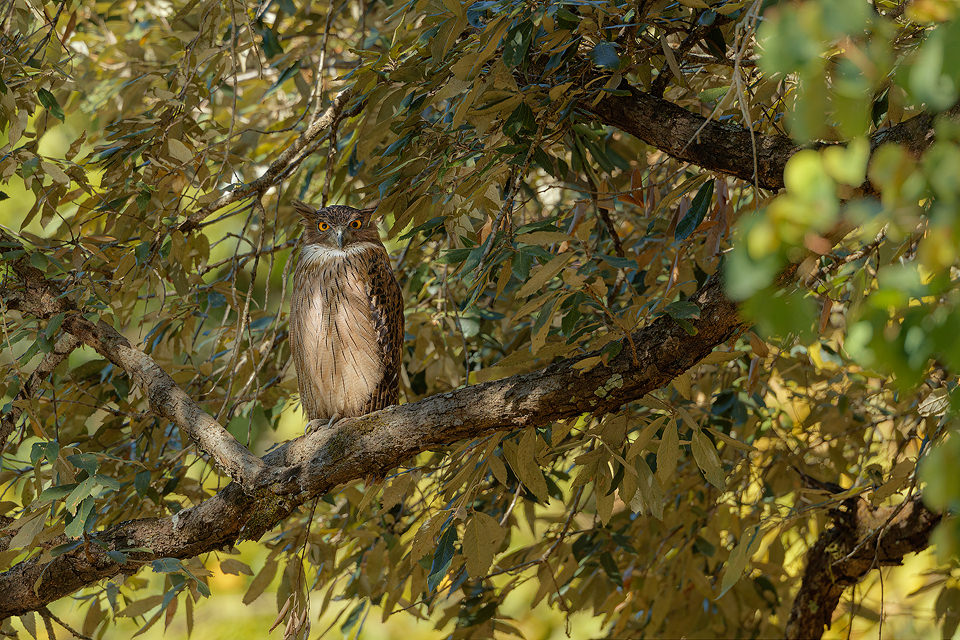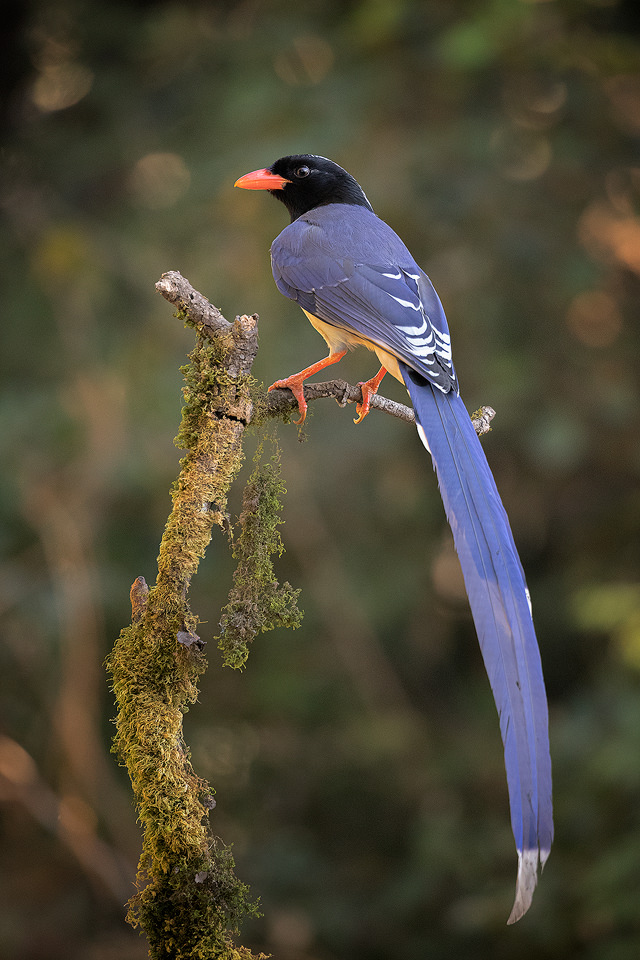Published: 26th April 2021 at 5:40 am. Posted in Blog.
Sattal or Sat Tal, Hindi for ‘seven lakes’, is an interconnected group of seven freshwater lakes set amongst dense montane forests of oak and pine in the Nainital district of Uttarakhand, India. The area is part of the Lower Himalayan Range; formed as a result of tectonic activities between the Tibetan plain and the Indo-Gangetic plains.
Sattal’s seven lakes sit at an altitude of 1370 metres above sea level and are one of the few unspoiled and relatively unpolluted freshwater biomes in India.
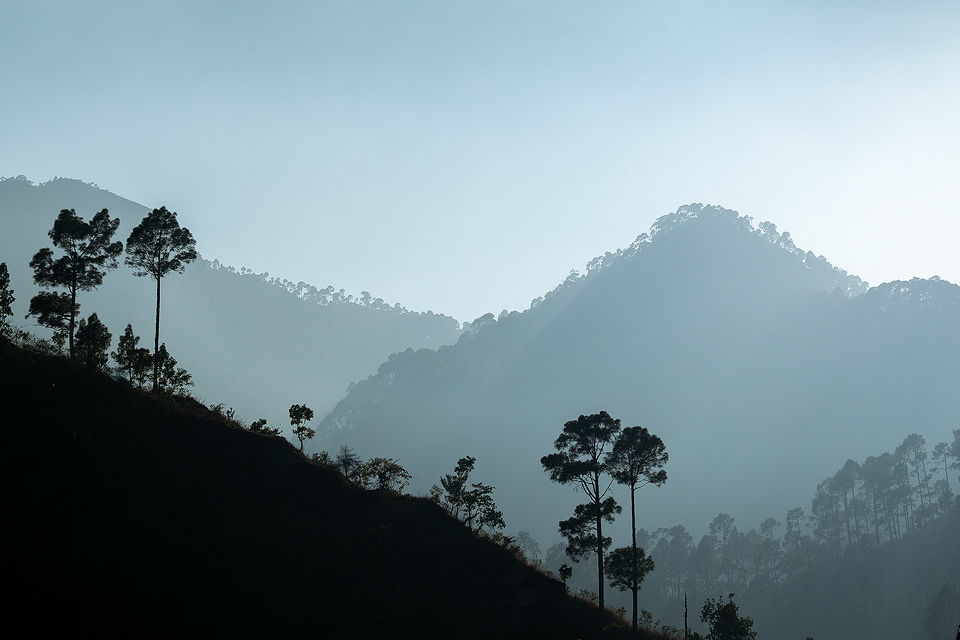
Nainital is also an important religious area and features many temples and shrines.
Golu Devta Temple, is a distinctive and well known temple in Ghorakhal. Ghorakhal translates to ‘pond for water to horses.’ At a height of more than 2,000 m above sea levels it commands stunning views over the valley below.
The temple often features in news stories for the unique rituals performed there. Devotees come to the temple to ask for wishes from the presiding diety of the temple, said to be an incarnation of Lord Shiva. When their wish has been fulfilled the devotees show their gratitude through the hanging of bells or animal sacrifice.
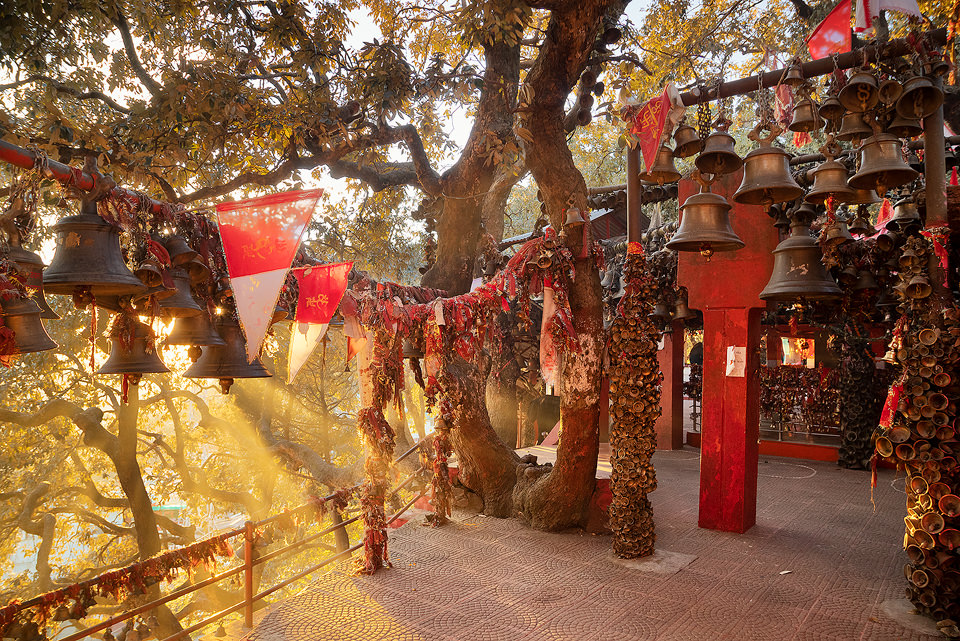
Birds of Sattal:
The lakes are a paradise for birdlife, supporting over 500 different species of local and migratory birds. The area is also internationally important for its diverse range of flora such as mosses, orchids, rare climbing plants, ferns, lichens, fungi, medicinal herbs and shrubs.
The unique birdlife of Sattal includes many weird and wonderful species such as the red-billed blue magpie, the green magpie, five species of barbet, plum and slaty-headed parakeets, eighteen species of woodpecker, six species of kingfisher and much much more.
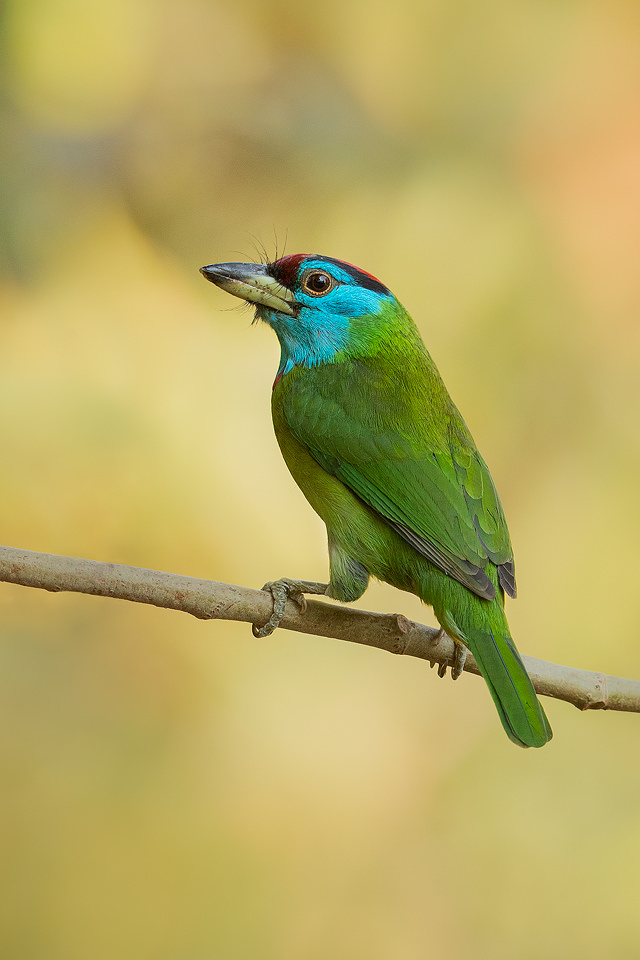
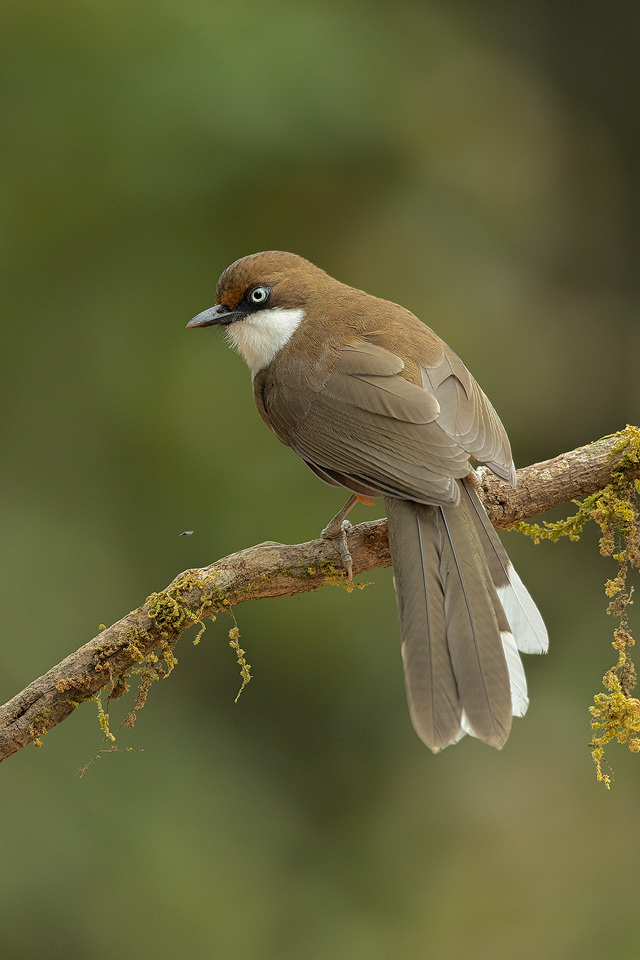
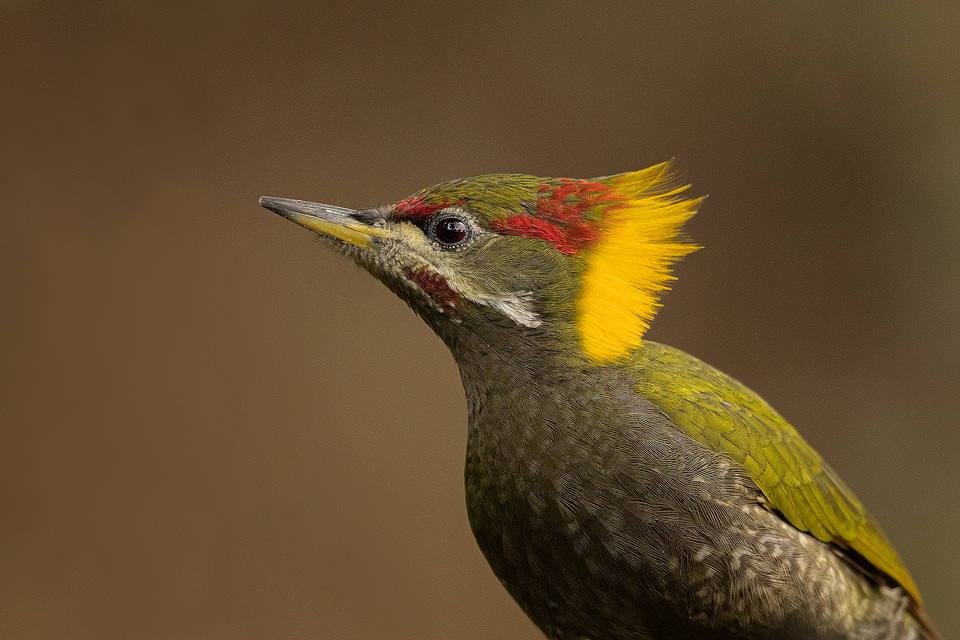

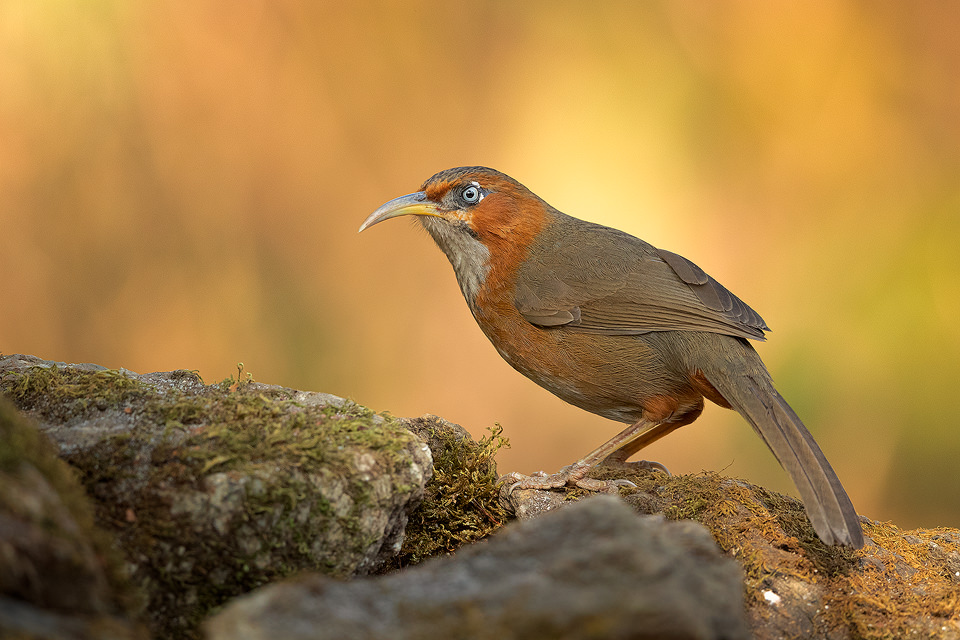
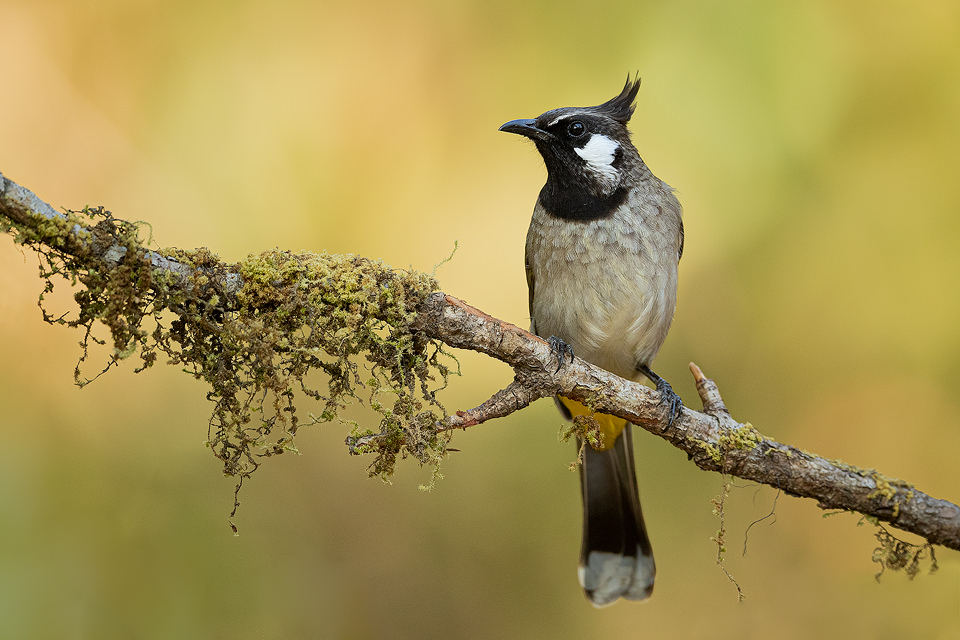
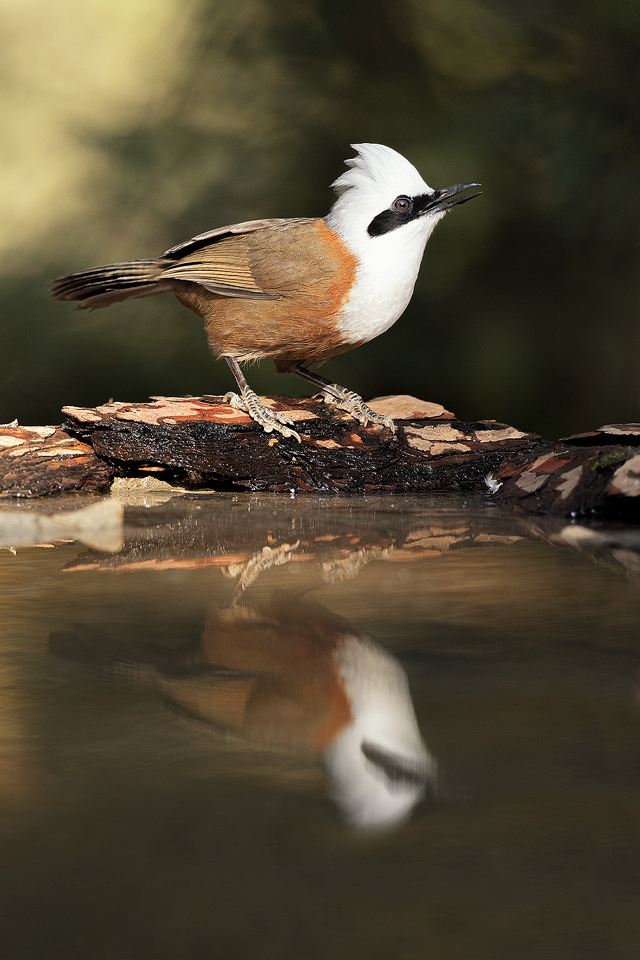
This ecologically fragile group of lakes are under threat from extensive deforestation, dumping of non-biodegradable waste, and uncontrolled urban development. This is increasingly resulting in reduced rainfall, a decrease in the number of plant and animal species and rapid drying up of springs. The lakes also now suffer from a reduced oxygen content and high levels of nitrogen and phosphorus.
Sattal still remains one of the most diverse birding habitats in India, but if nothing is done to slow the damage, for how much longer?



